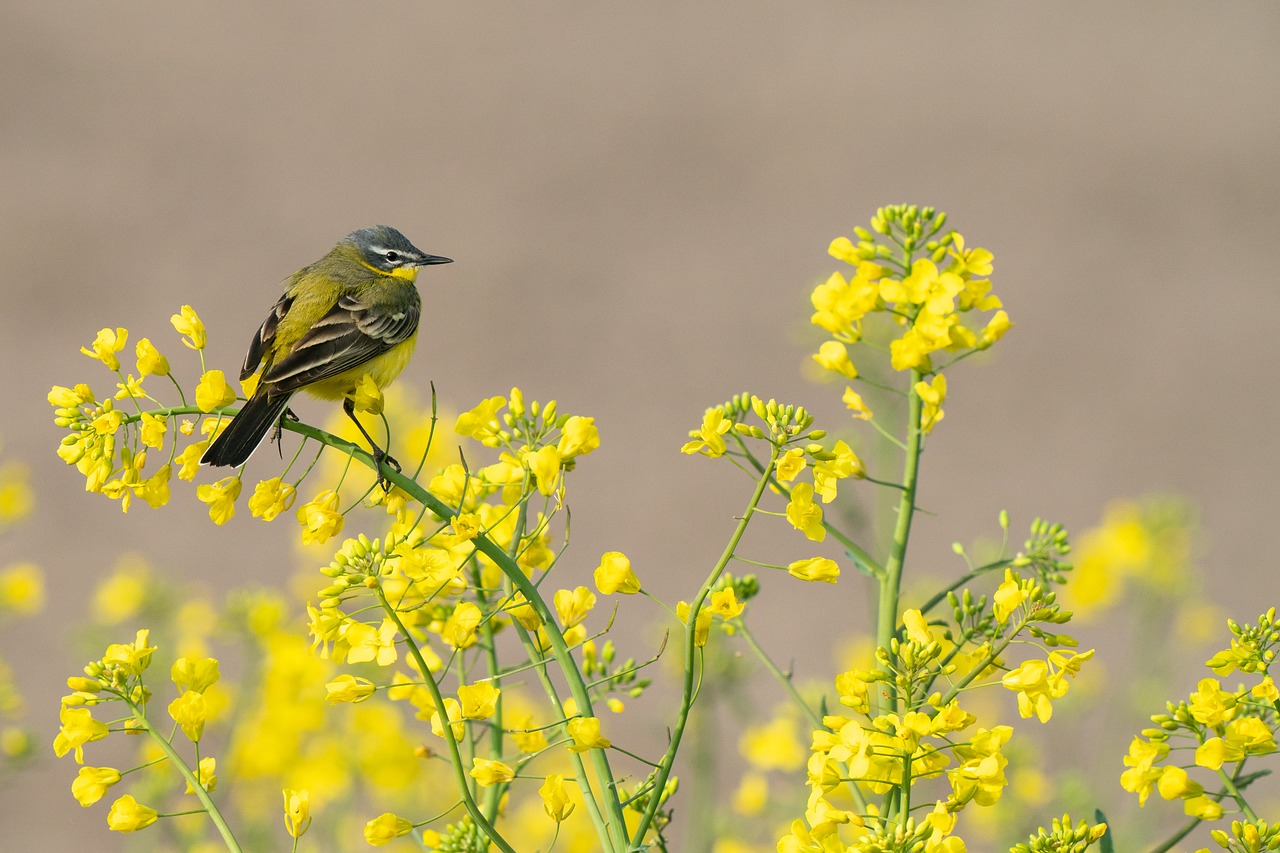Breeding biology of the Yellow Wagtail Motacilla f. flava in shore meadows in north-eastern Scania
DOI:
https://doi.org/10.34080/os.v9.22901Keywords:
population studies, habitat selection, nest site selection, agriculture, anthropological effects, grazing, breeding successAbstract
The subspecies Motacilla flava flava of the Yellow Wagtail has shown a decreasing breeding population trend in southern Sweden. A contributory cause could be the extensive use of wetlands, the most preferred breeding habitat. This habitat is successively disappearing from modern Swedish farmland. To get more information about the breeding biology in southern Sweden a study was started in 1991. Data from a total of 81 nests from shore meadows were collected during 1991—1996. The birds showed a preference for breeding in grazed areas (63–70%) in comparison with mowed meadows. The average breeding success in grazed areas differed from the mowed areas (4.26 vs. 4.68 fledged young per nest). Out of 13 unsuccessful breeding attempts, 8 failures were directly caused by grazing cattle.
Downloads

Downloads
Published
How to Cite
Issue
Section
License
The copyright of each contribution belongs to the author(s), but all contributions are published under a Creative Commons license, so that anyone is free to share and reuse the contribution as long as the copyright holder is attributed.







